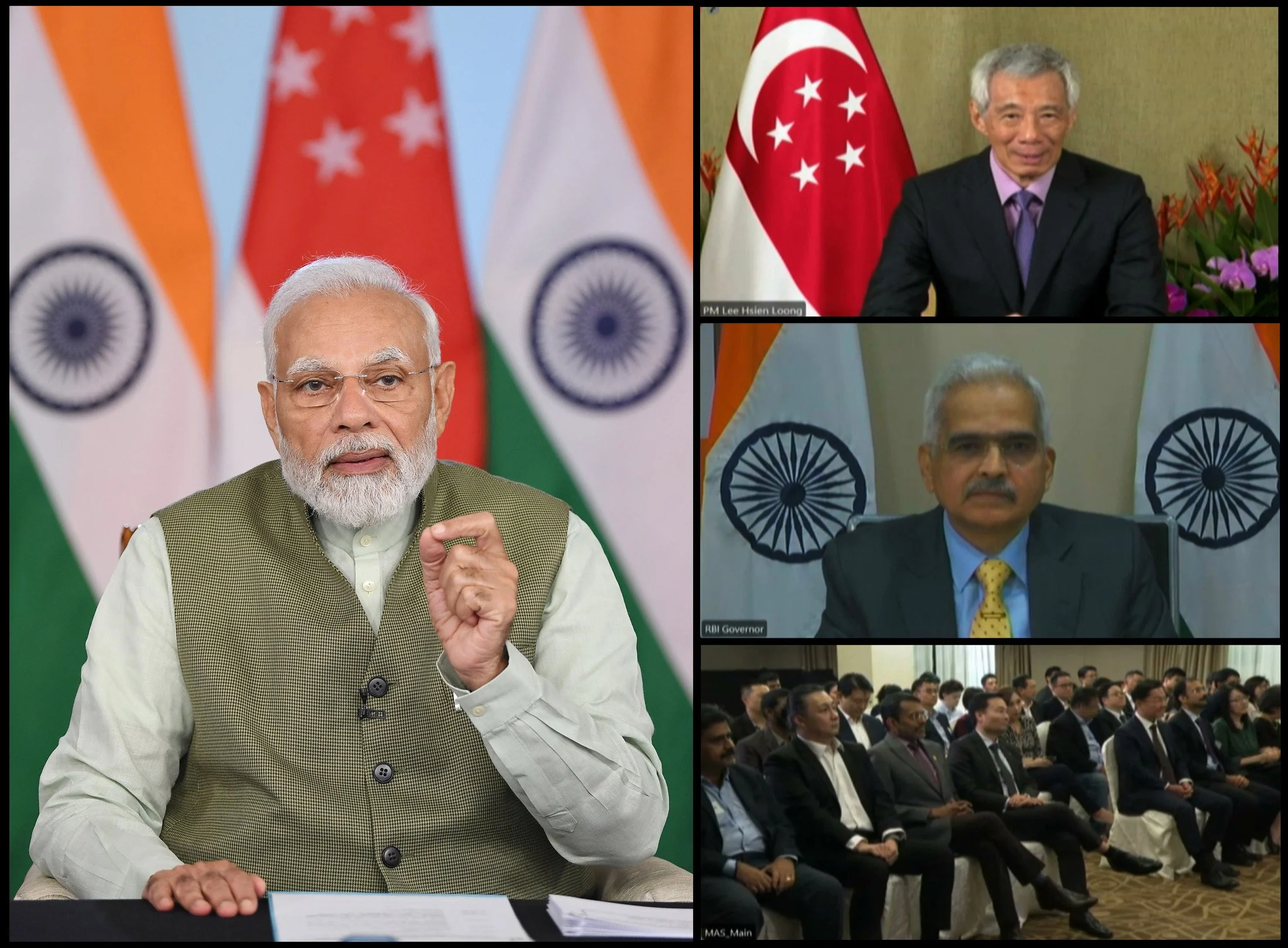Digital Payments in India have Reached a Zenith
PhonePe, India’s largest mobile payment app. Source: PhonePe’s official website
Digital payments have seen explosive growth within India in recent years. The digital payment system has been evolving since 2010, but thanks to private companies and big government initiatives, the share of cash transactions has decreased from 90.9 percent in 2017 to 59.3 percent as of 2021, with that number continuing to decrease. Overall, India had the largest number of digital payments of any country in 2021, at 48 billion -- more than the next 4 countries combined.
This growth has been spearheaded by India’s UPI (United Payments Interface), a real-time payment system that enables instant money transfers between bank accounts through a mobile app. Founded in 2016 by an arm of the Reserve Bank of India (RBI), UPI has seen rapid adoption by the Indian public, being used for over half of digital payments in the country. One of its advantages is that, unlike its counterparts in other nations, it can be used on a number of mobile apps, most frequently on PhonePe and Google Pay.
UPI’s success in India has been fuelled by the availability of cheap internet data and high levels of smartphone penetration within the country. The year UPI was founded was the same year Jio, India’s biggest data provider, became available. Offering high speed 4G at a fraction of the price of its competitors, Jio allowed millions of Indians access to the internet. The growing use of the internet has coincided with UPI’s ease of use. The ability to scan a QR code or simply type another person’s phone number in the app and instantly send money has proven much more efficient than calculating the amount of change to give back, aiding its adoption. The COVID-19 pandemic has also encouraged people to adopt it, as consumers sought contactless payment options to minimize the risk of infection.
Singapore’s Prime Minister Lee Hsein Loong and India’s Prime Minister Narendra Modi during the virtual linkage of India and Singapore’s digital payment systems. Source: Indian Government Archives
Following UPI’s massive success in India, other countries have begun to take note. Surrounding countries such as Nepal and Bhutan have already adopted UPI in day-to-day transactions. Singapore has also recently linked its digital payment system, PayNow, with UPI to enable cross-border transactions.
Eager to ride the wave of digital payments in India, the Reserve Bank of India has launched an entirely new digital currency: the e-rupee (rupees are the official Indian currency). E-rupees are similar to existing rupees, except for that they are held in a digital wallet overseen by the RBI, in a method reminiscent of cryptocurrencies. However, the e-rupee has seen less adoption in India compared to already existing digital payments. Unsurprisingly, citizens find it a confusing concept to understand, and the existing ease of digital payments has made it unnecessary for people to use it at all.
Despite these challenges, the rise of India's digital payment system has been a remarkable success story, transforming the way Indians transact and paving the way for a cashless economy. With continued innovation and investment in the sector, India’s digital payment system will be seen as a blueprint for other nations to follow.


